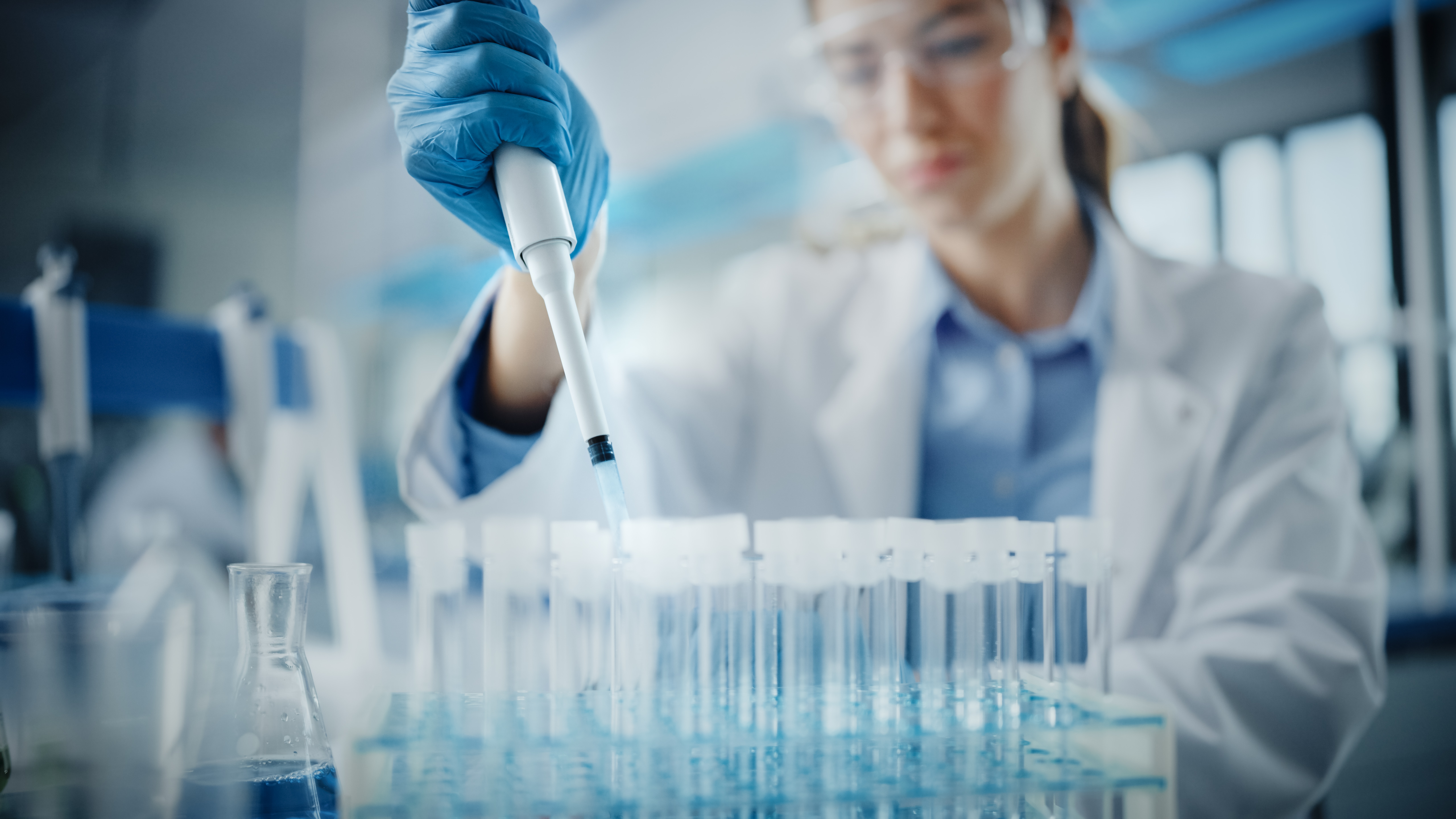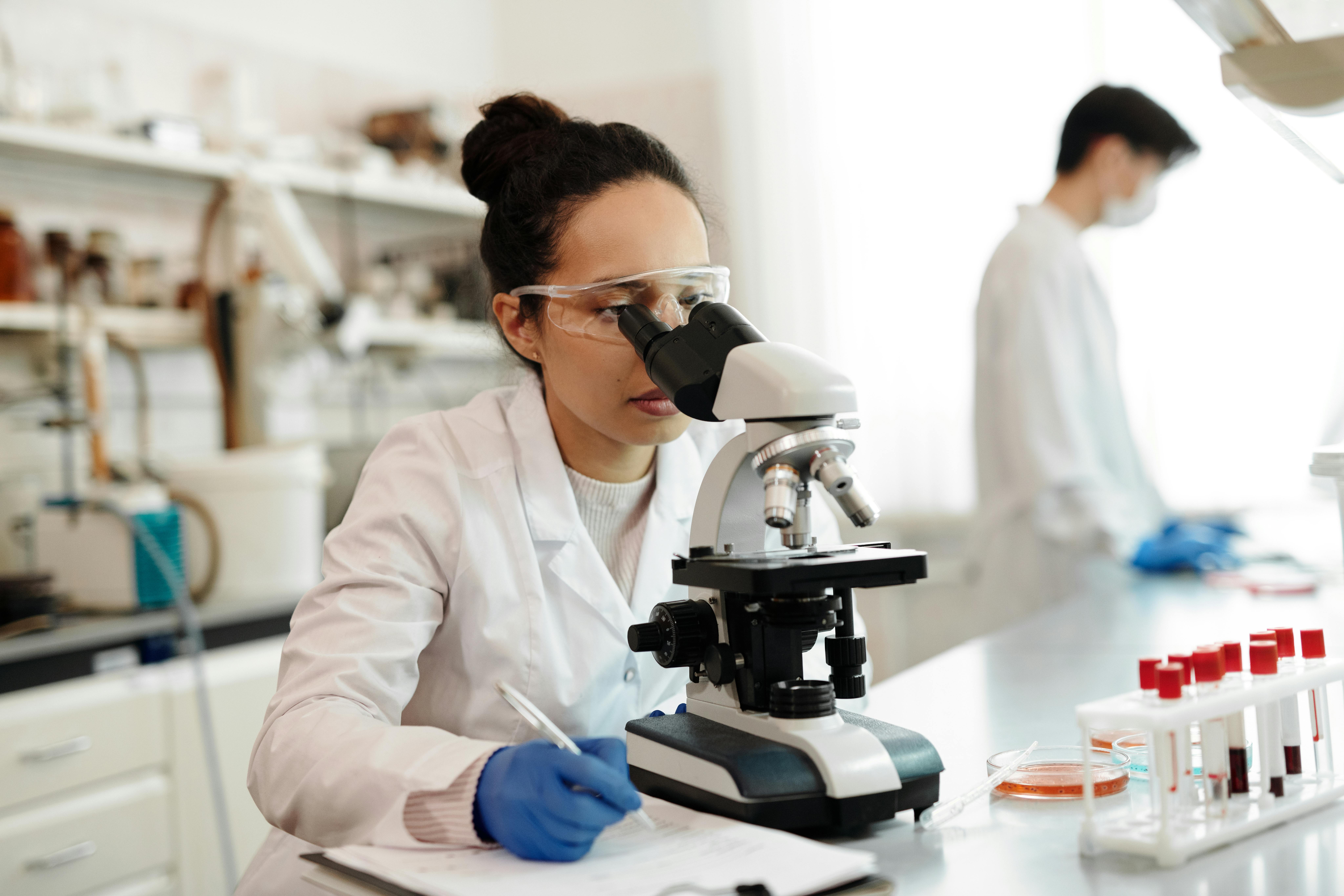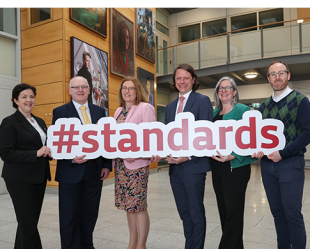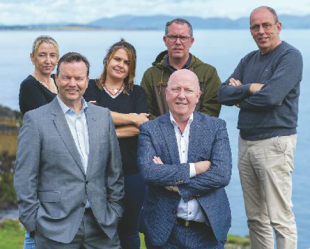Content provided by: Máire Ni Dhomhnaill, member of NSAI/TC 5 Healthcare Standards Committee, and Linda Hendy, NSAI’s Standards Officer and NSAI/TC 5 Secretary.
This article is based on a report on the planned revision of a key biocompatibility standard for medical devices: ISO 10993-1. The publication of the final standard is expected by mid-2025.
Background
ISO TC 194 – Biological and clinical evaluation recently met in Paris to continue and progress its current work programme.
This ISO TC 194/WG1 meeting was attended by an NSAI nominated expert, Máire Ni Dhomhnaill, who provided the following update on the next revision of ISO 10993-1.
The publication of the final standard is expected by mid-2025.
Máire Ni Dhomhnaill & Linda Hendy NSAI
ISO/TC 194/WG1 – Revision of ISO 10993-1
This group is working on the revision of ISO 10993-1 – Biological evaluation of medical devices – Part 1: Requirements and general principles for the evaluation of biological safety within a risk management process.
The October 2024 meeting was hosted by AFNOR, the French standards body with over 60 experts, representing 19 countries participating in the WG 1 meeting. This group met over three days to work on the final draft of the next revision of ISO 10993-1.
The revision of this standard has been underway over the last three years and this meeting was crucial to move to the next stage of the standard development process.
If there wasn’t an agreement on the technical content during this meeting, there was a risk that the revision would be cancelled due to the time limit for the project running out. The objective of the meeting was to review all comments submitted as part of the enquiry ballot, and to reach consensus on the technical content for the final draft.

Meeting outcome
The objective of the meeting was achieved with the majority of experts in attendance reaching agreement on the content (consensus was not universal but agreed by majority).
The standard will now move to the next stage of Final Draft or FDIS, with the final ballot for the approval of this standard expected in February 2025. At that stage, technical changes will not be possible with only editorial changes accepted.
The publication of the final standard is expected by mid-2025.
The changes in the new revision of ISO 10993-1 are quite significant.
Máire Ni Dhomhnaill & Linda Hendy NSAI
The key changes to the standard are outlined in the Table below:
| Standard Section | Changes |
|---|---|
| Title and structure of the standard | Structure re-organised and title changed to 'Biological evaluation of medical devices - Part 1: Requirements and general principles for the evaluation of biological safety within a risk management process'. |
| Scope | Reasonably foreseeable misuse added |
| Terms | New terms added - biological effort, biological equivalence, biological evaluation, biological harm, biological hazard, biological risk assessment, biological hazardous situation, chemical characterisation, configuration, degradation, leachable, novel materials, residual biological risk, sensitive population |
| Figures | Figure for the process of conducting a biological evaluation has been updated to reflect new content |
| New sections/additions & changes |
|
Note: the above table is an indication of proposed changes and may not include all changes proposed
Impact of the changes
The changes in the new revision of ISO 10993-1 are quite significant.
Manufacturers will be required to review biocompatibility data for all their products in order to assess the impact of the changes. A gap analysis should be carried out, identifying information gaps along with a biological evaluation plan setting out how to address potential gaps. All plans for progressing to the new edition of the standard for product groups should be reviewed and discussed with Notified Bodies (when involved in product approvals).

Future work of ISO/TC 194/WG1
The working group are planning new projects which include the development of new guidance documents to support users with the application of ISO 10993-1 throughout the medical device lifecycle.
Topics being considered for further guidance include the following:
- Determination of exposure duration including consideration of bioaccumulation
- Determination of bioequivalence
- Conduct of risk estimation
- Conduct of literature review to support biological evaluations.
Contributing to standard development
NSAI TC 5 – Healthcare Standards Committee is the national mirror committee monitoring the development of many standards relevant for the medical device sector.
Participation in NSAI mirror committees gives experts access and information on new updates to standards relevant to their sector. For more information on national mirror committees, see the Healthcare and lifescience section on the NSAI website.
New experts interested in contributing to standard development are always welcome. Those interested in getting involved in this committee can email info@nsai.ie.
The views and opinions expressed in this article are not necessarily those of NSAI, nor does it assume any legal liability or responsibility for the accuracy, completeness, or usefulness of the information published.



